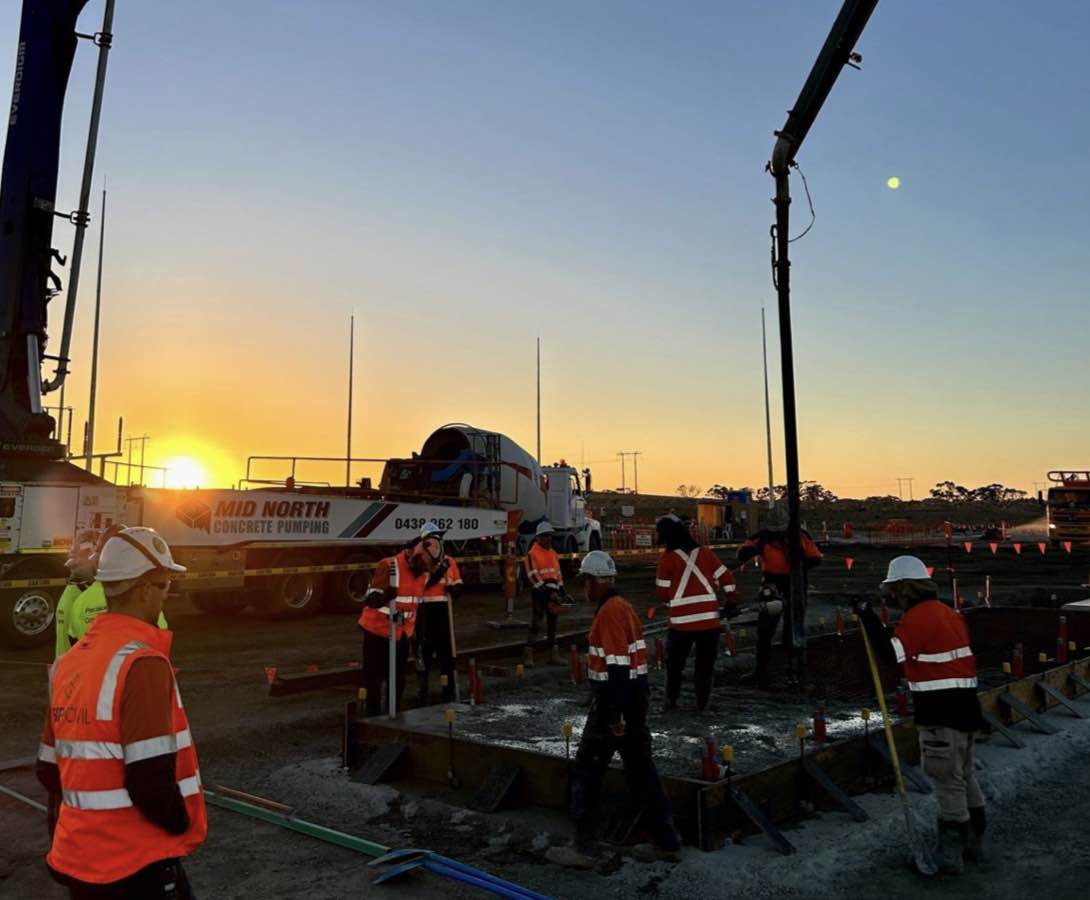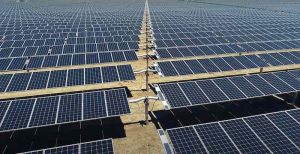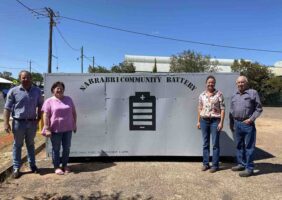Prime Minister Albanese has continually called for Australia to establish itself as a battery maker, despite naysayers from industry and “expert” commentators.
As recently as last month in Newcastle, he challenged us all to “think big” on the massive renewable superpower opportunity, including highlighting local efforts replacing diesel engines with lithium batteries and electric motors in the region’s mining vehicles.
But at a business summit last week, some of the country’s economic and energy industry leaders didn’t just pour cold water on the idea that Australia could produce batteries. They blew it out of the water.
Time and again we are faced with this frustrating lack of both vision and understanding of the context, scale and urgency of the task before us.
Australia produces over half of the world’s lithium yet retains less than 1% of the profit that lithium eventually delivers in final products of batteries and EVs. Why not invest in manufacturing batteries onshore?
It’s a sector ripe for scaling, something we’re told time and again that we can’t do. Why?
We don’t commit.
Investing in onshore production of lithium cells for batteries dramatically shifts revenue streams back onshore, moving from dig-and-ship to a dig-make-sell-and-grow economy.
As in the US, a significant, strategic and focussed commitment of public investment as argued by the Climate Capital Forum would encourage international investors and crowd-in funding for industries such as battery manufacturing.
Investment at scale would offer greater collaboration upstream in ore processing and making chemical precursors and components, including fully decarbonising these inputs as the world demands and pays more for 100% carbon-free supply chains. Downstream it offers prospects for further advanced manufacturing, EV and stationary storage production, and exporting value-added goods internationally.
With a global vehicle industry struggling to produce sufficient supply particularly of commercial EVs, expanding the expertise demonstrated in facilities such as Newcastle’s Energy Renaissance and the above-mentioned EV retrofitters 3ME would put far more Australian batteries in far, far more Australian vehicles.
Yes, it will involve government support, but it’s 2024 going into 2025 and the choices about where batteries are made in the global “electrify everything” economy are going to be set very soon. Economic agglomeration is going to happen, and the skills and know-how, including for recycling, is going to be established.
As we leave the extractive phase and the world’s economies move to circularity, we’d want strong recycling and manufacturing capacity in place; and with accelerating climate impacts we want to be there sooner not later.
Naysayers stir up uncertainty. Sodium batteries are coming! Yes they are. But we will need them all.
Lithium is third on the periodic table and won’t be soon supplanted for the most powerful batteries. Its use in battery chemistries continues to evolve. Each time batteries are recycled, its technology improves – silicon-rich anodes, sulfur or solid-state next – all lithium promising faster charging, longer range and electric flight.
Australian leaders like Gelion, Sicona and others are chasing these advancements and should be backed like our future economy depends on it. It does. And so does our security. We should be looking to provide independent capacity in as many advanced manufacturing roles as possible. Energy storage production is a key pillar of this capacity.
Relectrify and Prohelion provide world-leading, cyber-secure and more efficient battery management systems, attractive to customers in their own right, let alone in response to geopolitical uncertainty.
Why should Australia be the only economy that doesn’t have to support its industries long term – as China, Korea, Japan, Europe, Saudi Arabia and the US all do? These “experts” say we should kick-start a sector, then let it go. We are the world’s last “economic rationalists”, and we’re being sold a pup.
What I learned growing up in this country is that it’s in the May budget that the Australian Government shows both its heart and its hand. And if it doesn’t do things then, the rest is just rhetoric.
And when it does show that hand, it’s the size of the numbers which measure the seriousness of the commitment. If they have $Ms, they’re not serious, and you should call it out.
If they’ve got $Bs, that’s better, but it’s still not enough for investor confidence.
We’re a quarter of the way through the 21st century and Australia has yet to materialise the investment strategy that we need – an industrial policy – to capitalise on our unique competitive advantage.
When working at the forefront of the US’s energy revolution, one thing I’ve learned is that the Prime Minister is right.
You have to think big.
It’s time for deeds, not words.
US-based Australian-American Danny Kennedy is CEO of New Energy Nexus.








